
How to get URL link on X (Twitter) App


https://twitter.com/firezstarter1/status/1972761758172660152
 From a capability perspective, the IAF had tremendous advantages vs PLAAF in the late 70s well going into the early 90s.
From a capability perspective, the IAF had tremendous advantages vs PLAAF in the late 70s well going into the early 90s.



 2 | The new SAM's form factor is very similar to the HQ-9C plus an additional solid rocket booster.
2 | The new SAM's form factor is very similar to the HQ-9C plus an additional solid rocket booster.
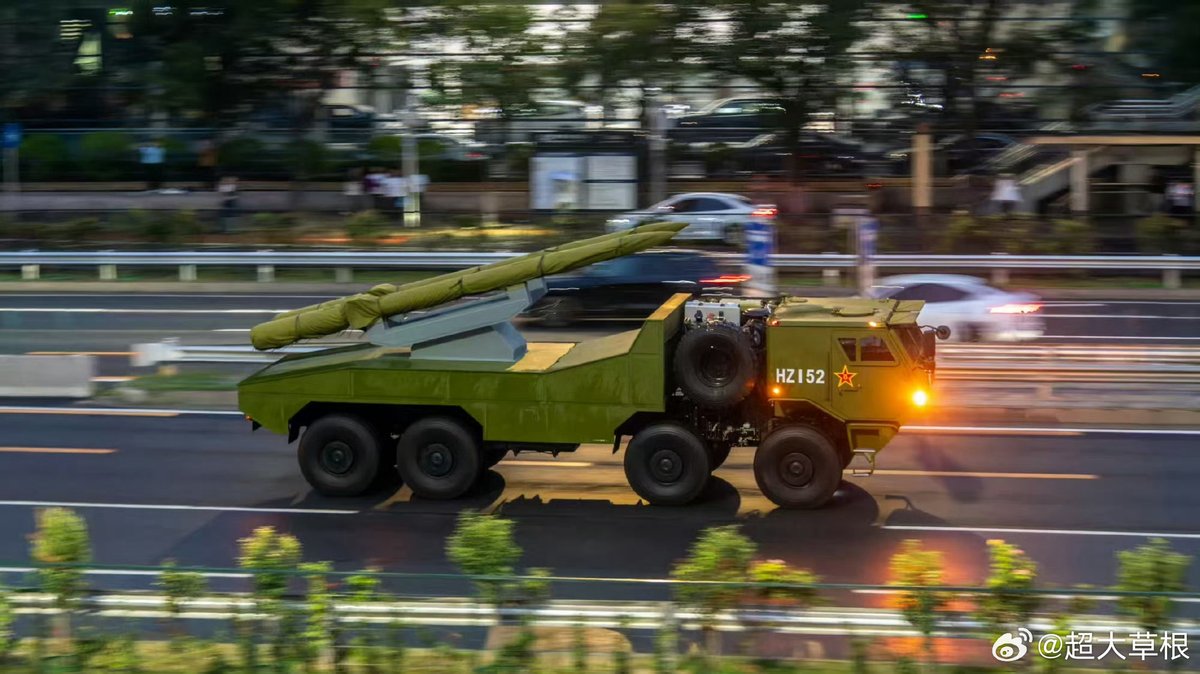


 2 | Z-10 prototype. Z-10 first flew in 2003, years after Kamov handed over the Project 941 design.
2 | Z-10 prototype. Z-10 first flew in 2003, years after Kamov handed over the Project 941 design.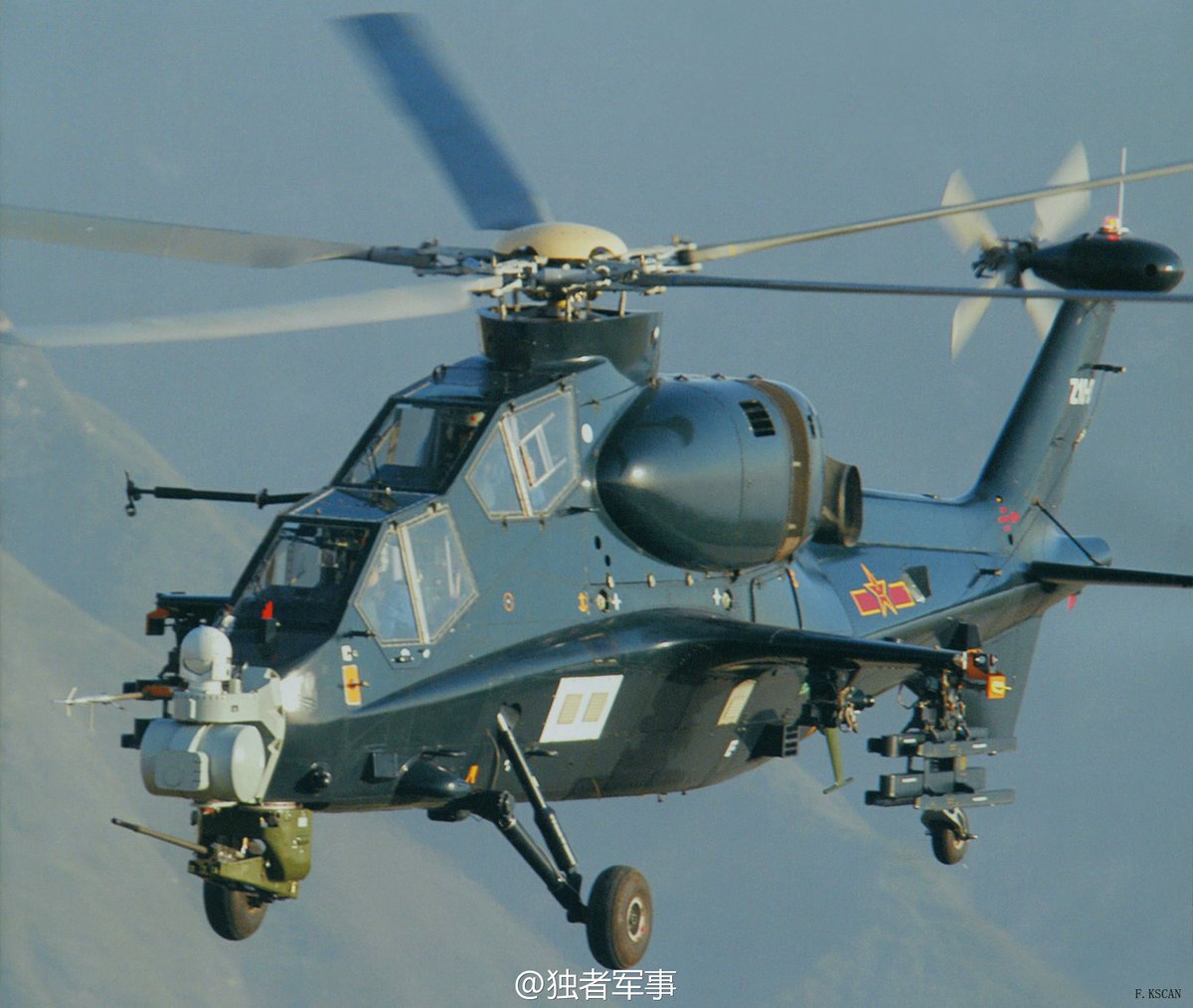
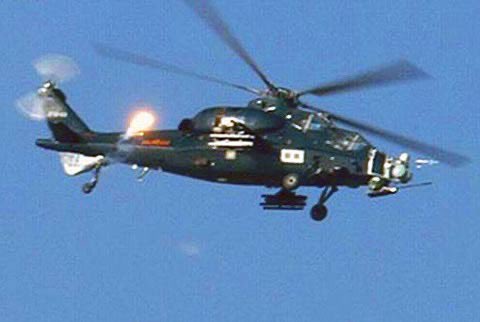

 2 | The first experience the PLA hve about laser guided bombs (LGBs) was gained in Vietnam as China sent hundreds of thousands of PLA soldiers, mostly anti-aircraft gunners and engineers to protect and repair critical infractures in the North.
2 | The first experience the PLA hve about laser guided bombs (LGBs) was gained in Vietnam as China sent hundreds of thousands of PLA soldiers, mostly anti-aircraft gunners and engineers to protect and repair critical infractures in the North. 

 2 | Due to its size and wright, we normally see only 2 missiles carried by a H-6K/J/N bomber.
2 | Due to its size and wright, we normally see only 2 missiles carried by a H-6K/J/N bomber.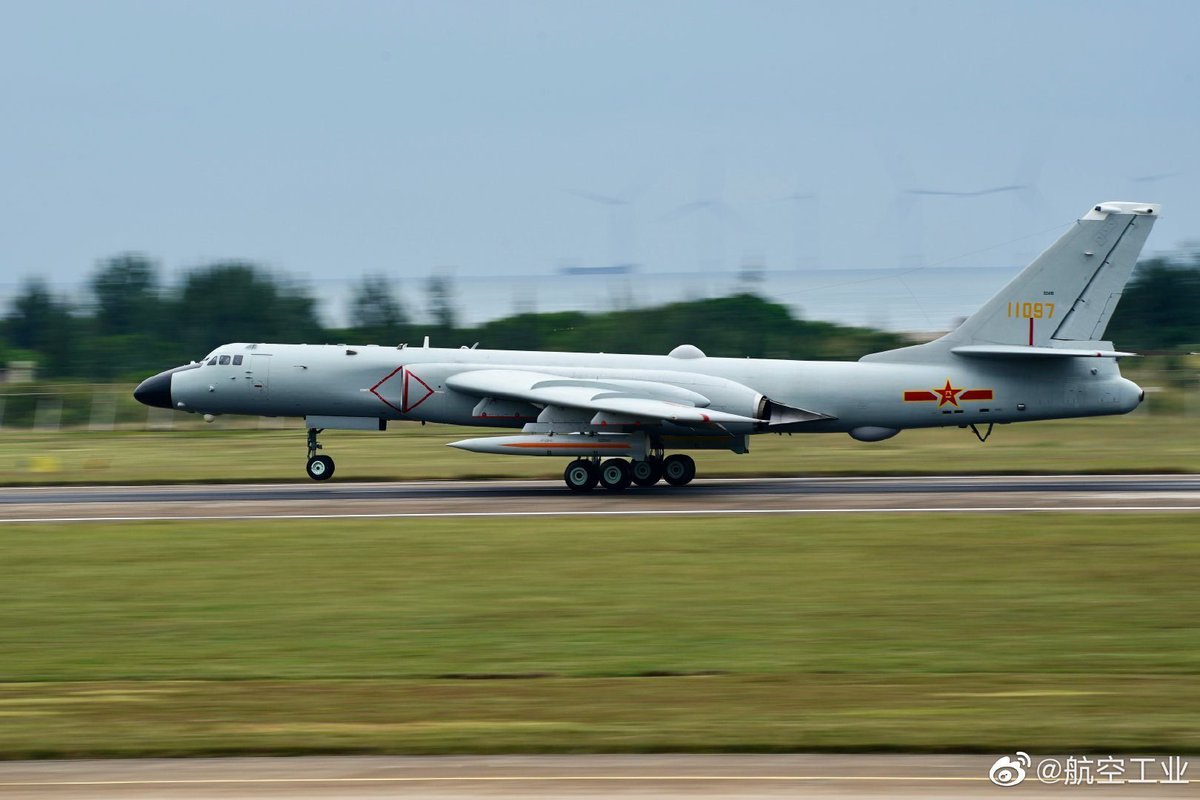


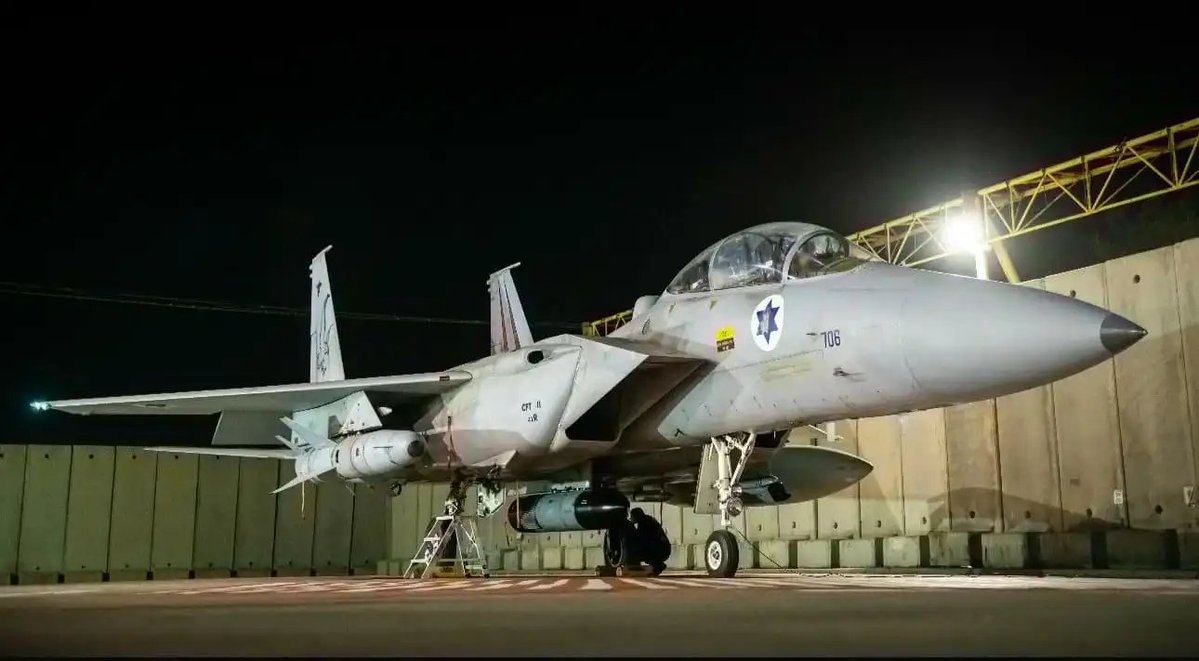

 2 | Let's start with the first generation of PLA's air-launched cruise missile (ALCM), the KD-63.
2 | Let's start with the first generation of PLA's air-launched cruise missile (ALCM), the KD-63.


 2 | The first location is a small courtyard near the apron where PAF's transportation aircraft are parked.
2 | The first location is a small courtyard near the apron where PAF's transportation aircraft are parked.

 2 | Throughout the years since its first test launch in 2001, Brahmos has seen a range increase from MTCR-constraint 290km to sub 500km then to alleged 8-900km achieved in the latest test.
2 | Throughout the years since its first test launch in 2001, Brahmos has seen a range increase from MTCR-constraint 290km to sub 500km then to alleged 8-900km achieved in the latest test. https://x.com/detresfa_/status/1748205314560987521

 Going back to DRDO's recently tested 30kW laser DEW, it adopts a rather interesting design of combining 6 separate laser modules producing 6 beams.
Going back to DRDO's recently tested 30kW laser DEW, it adopts a rather interesting design of combining 6 separate laser modules producing 6 beams. 

 2 | Here a SAM battalion in Xinjiang replaced its HQ-2 with HQ-22 around 2015/2016, a significant capability boost for the unit.
2 | Here a SAM battalion in Xinjiang replaced its HQ-2 with HQ-22 around 2015/2016, a significant capability boost for the unit.


 2 | By just looking at the data, it seems PLAN's carrier sortie rate has seen gradual improvement.
2 | By just looking at the data, it seems PLAN's carrier sortie rate has seen gradual improvement.

 2 | The main objective for the Indian Deployment is to protect 2 major air bases:
2 | The main objective for the Indian Deployment is to protect 2 major air bases: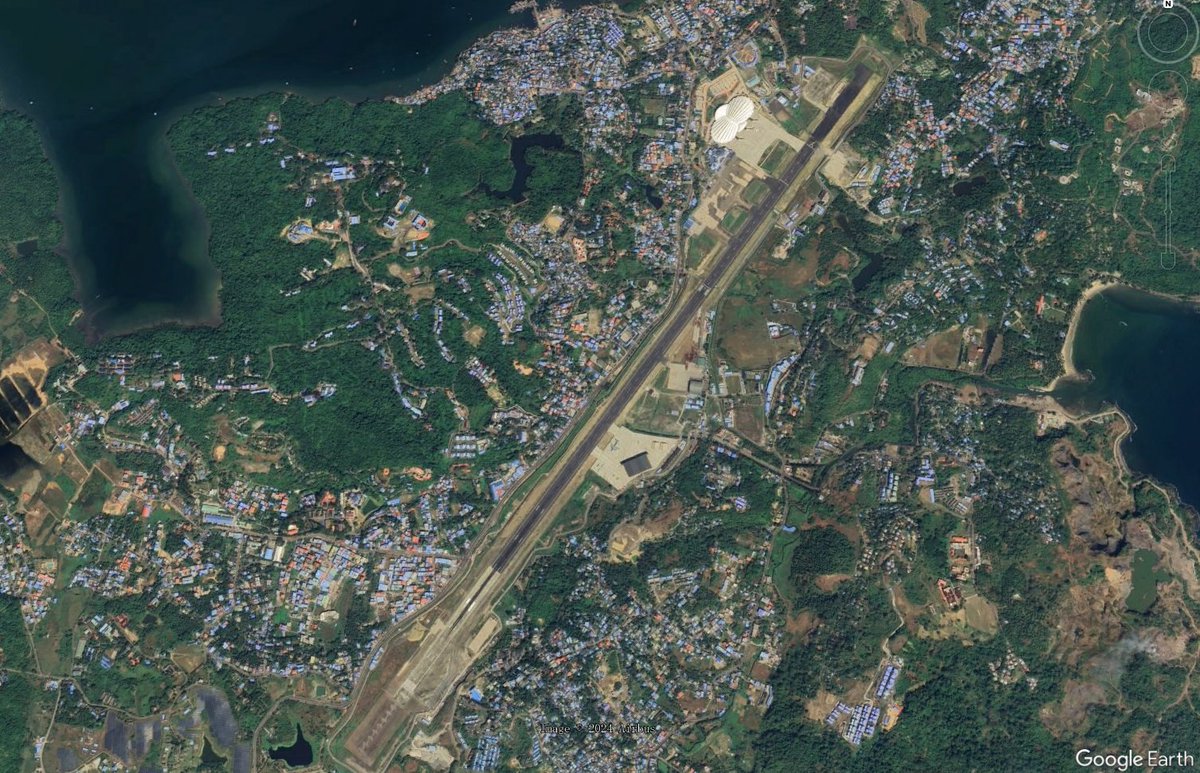



 2 | China started its first attempt for an AEW&C aircraft in 1969. Due to the lack of large airframes, they chose the Soviet B-29 copy, Tu-4 as the carrier. But the project is proved to be too difficult for them through the chaos of Cultural Revolution.
2 | China started its first attempt for an AEW&C aircraft in 1969. Due to the lack of large airframes, they chose the Soviet B-29 copy, Tu-4 as the carrier. But the project is proved to be too difficult for them through the chaos of Cultural Revolution. 

 2 | Both countries adopted a from import to license production strategy.
2 | Both countries adopted a from import to license production strategy.
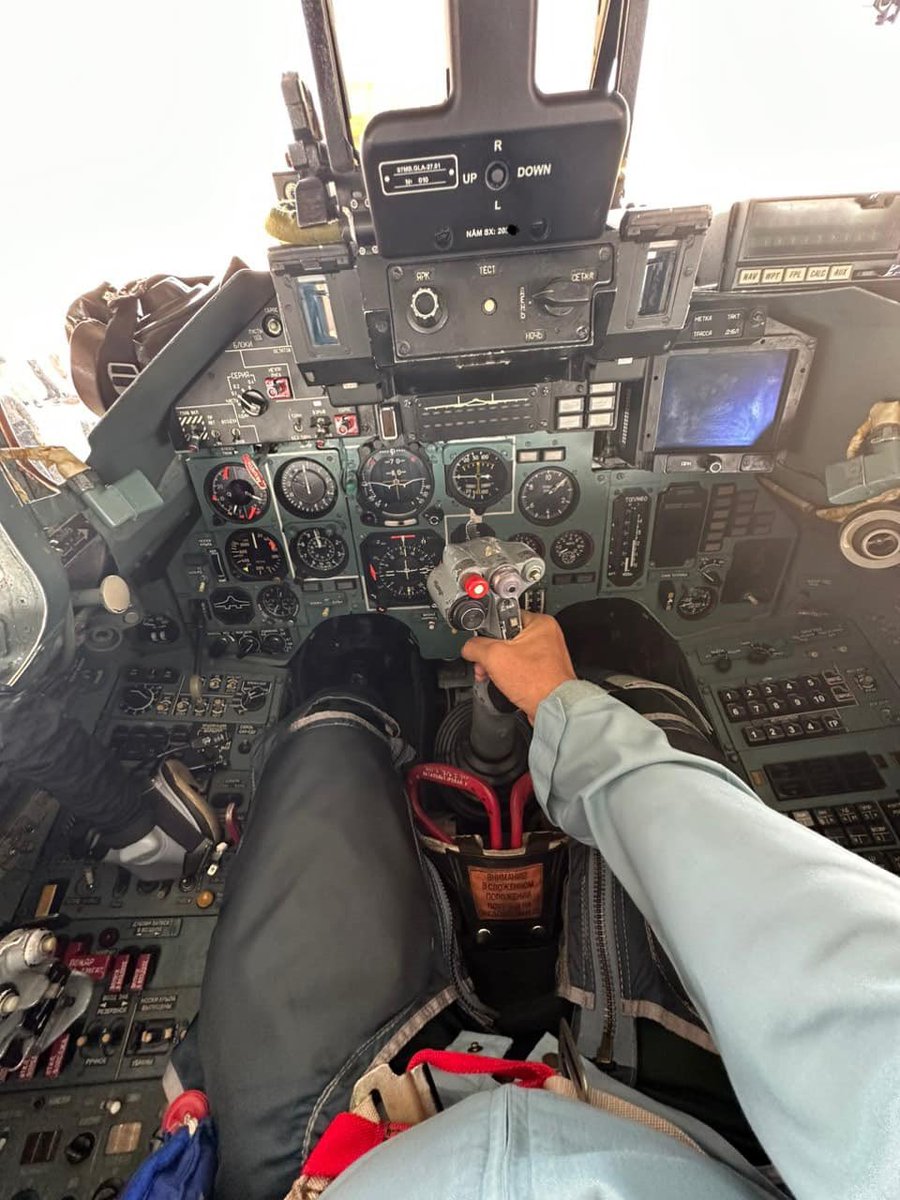

 2 | The Beginning
2 | The Beginning 

https://twitter.com/ajitkdubey/status/1816849885779345679

 2 | The longer range interceptors used by S-400 (48N6E2/3, 40N6E) are all semi-active radar homing. As long as the aircraft fly below the radar horizon, they are safe from being illuminated.
2 | The longer range interceptors used by S-400 (48N6E2/3, 40N6E) are all semi-active radar homing. As long as the aircraft fly below the radar horizon, they are safe from being illuminated.
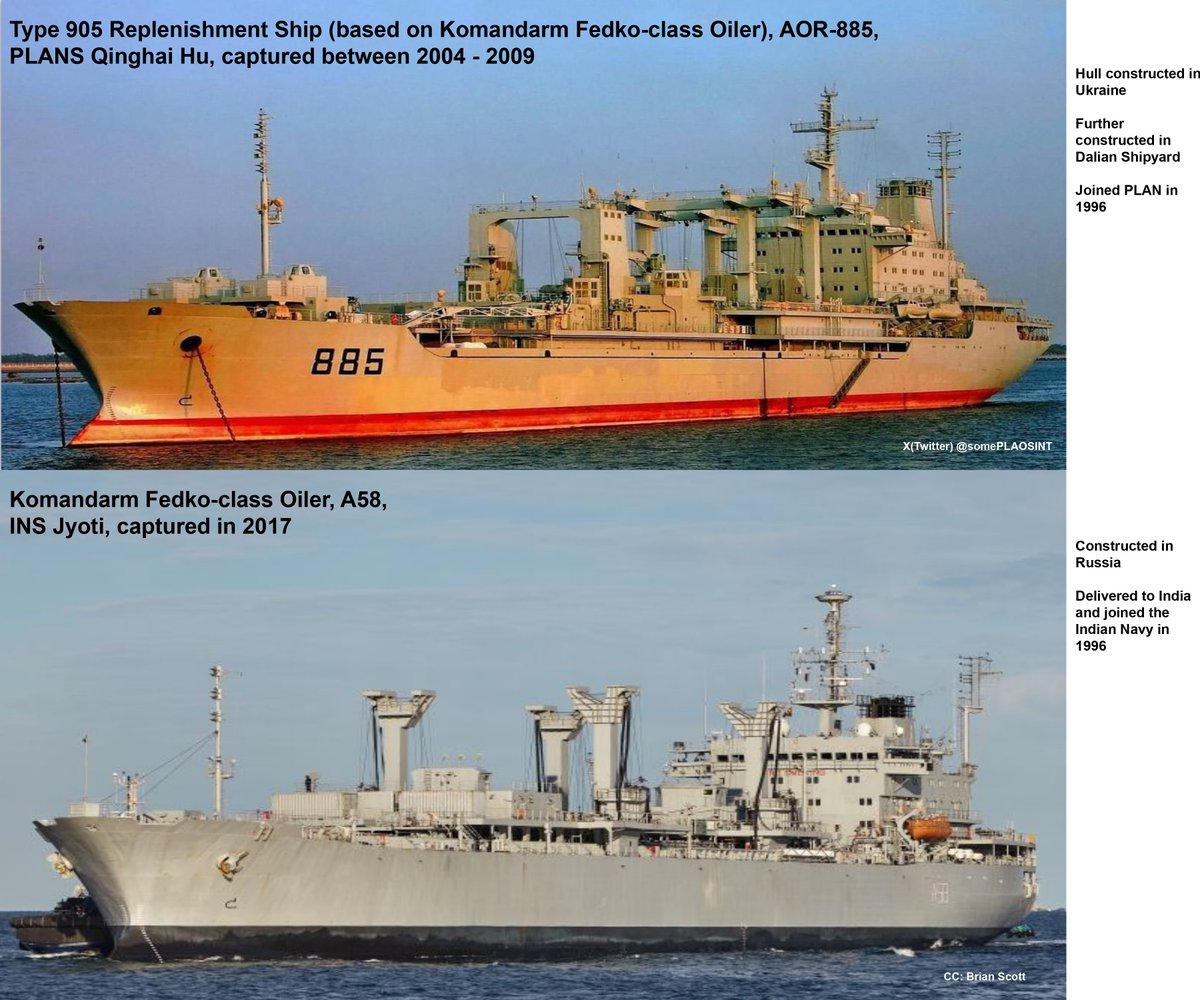
 Here, for the PLAN ship, the hull of the former USSR ship Vladimir Peregudov was on its way from Kherson, Ukraine, to Dalian China, spotted in Singapore in 1993.
Here, for the PLAN ship, the hull of the former USSR ship Vladimir Peregudov was on its way from Kherson, Ukraine, to Dalian China, spotted in Singapore in 1993.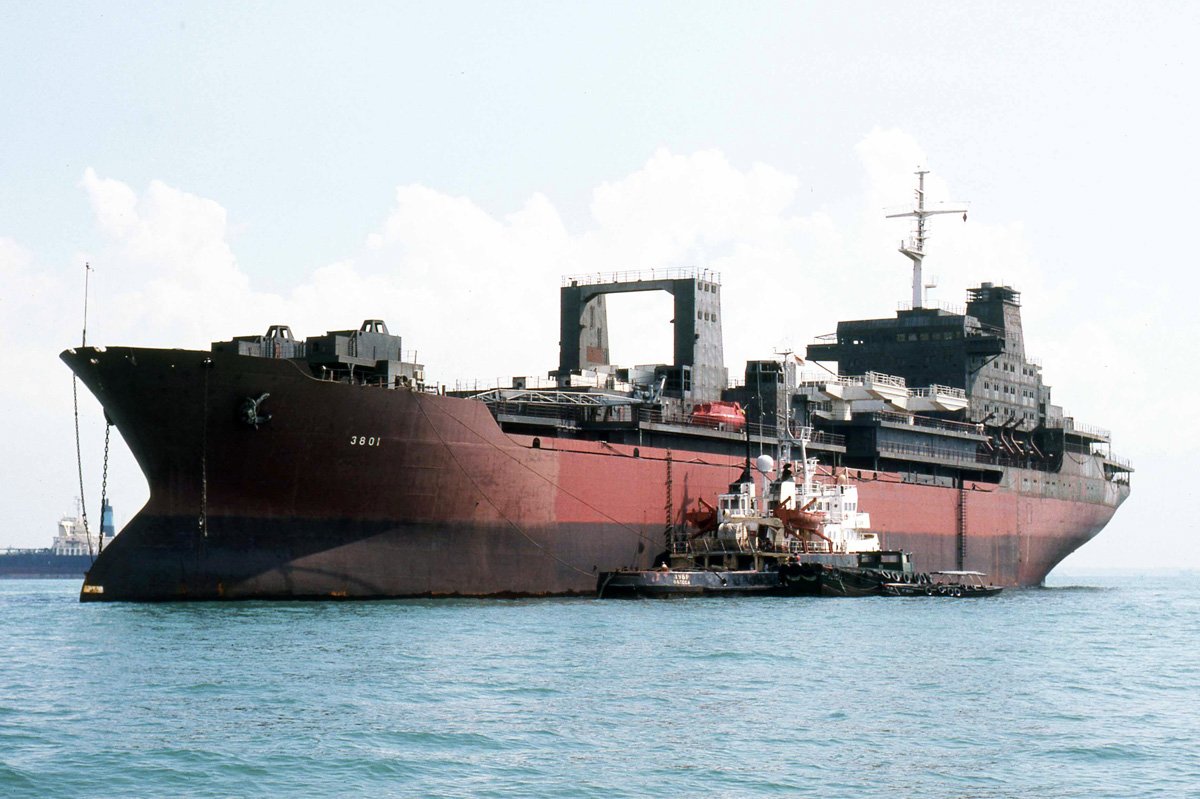

 2/n | The Indian Pinaka MRLS was leading in many areas in the early 2000s compared to Russian and Chinese systems.
2/n | The Indian Pinaka MRLS was leading in many areas in the early 2000s compared to Russian and Chinese systems.



 1/n | To achieve a high level of mechanization, towed AAGs will have little place going forward in PLAGF’s service. By end of this decade or latest by 2035, to meet the milestone laid out in PLA's modernization plan, the towed PG-99 would likely be phased out from the PLAGF.
1/n | To achieve a high level of mechanization, towed AAGs will have little place going forward in PLAGF’s service. By end of this decade or latest by 2035, to meet the milestone laid out in PLA's modernization plan, the towed PG-99 would likely be phased out from the PLAGF. 
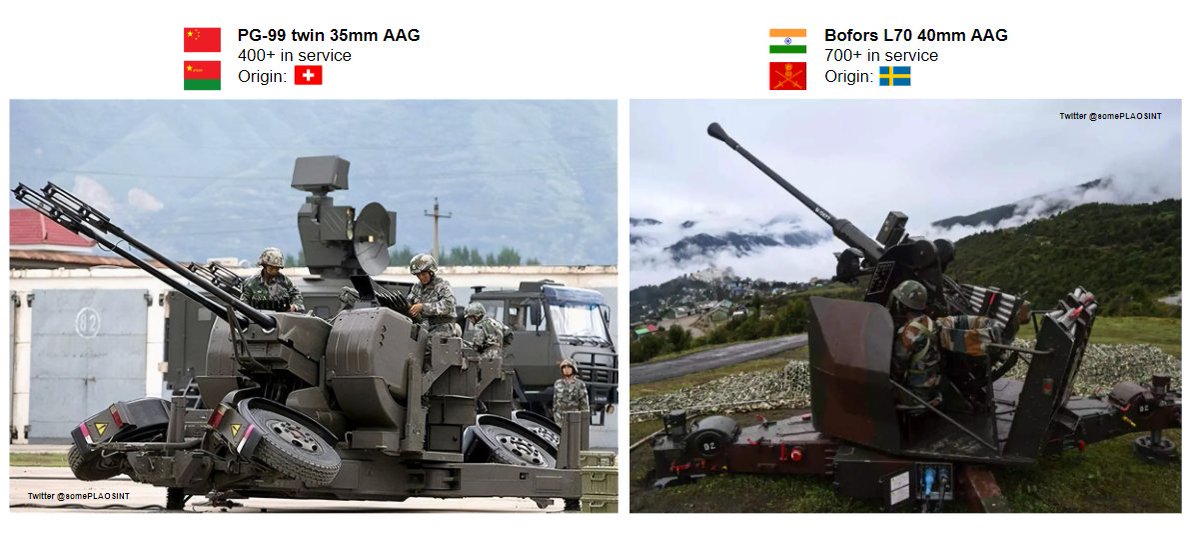
 2/n | Here we can compare the structure and equipment of a PG-99 gun crew from the PLAGF and an L70 gun crew from the IA. On the surface, they are very similar, with 9-10 crew members, 1 gun, 1 generator trailer and 2 trucks.
2/n | Here we can compare the structure and equipment of a PG-99 gun crew from the PLAGF and an L70 gun crew from the IA. On the surface, they are very similar, with 9-10 crew members, 1 gun, 1 generator trailer and 2 trucks. 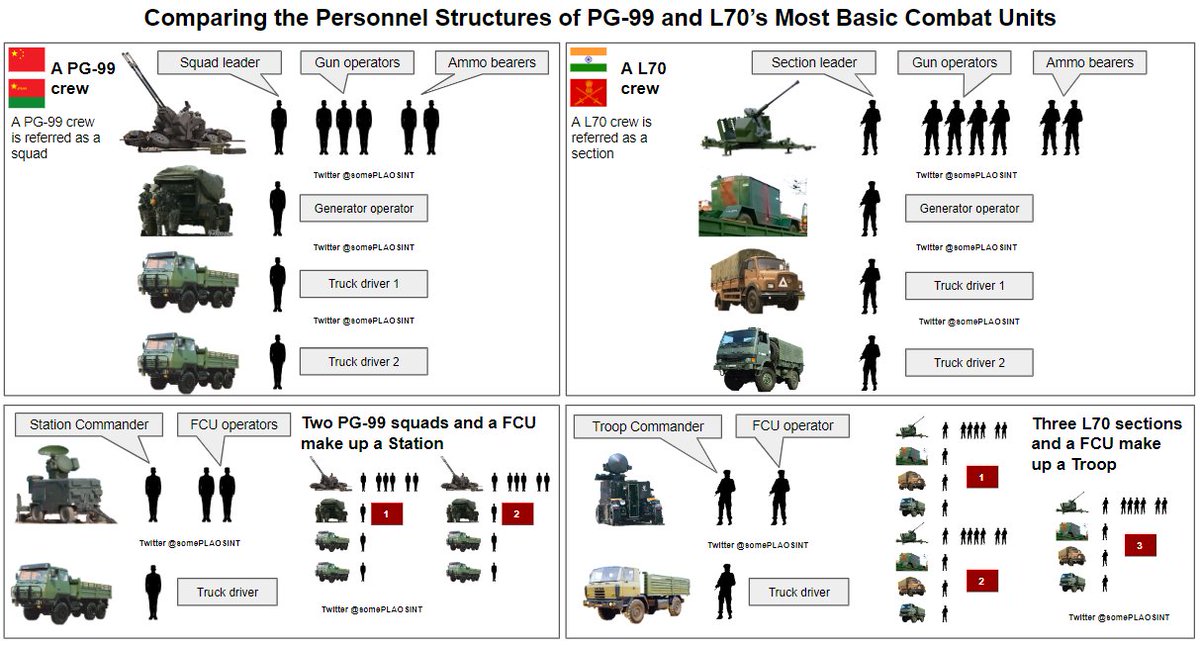
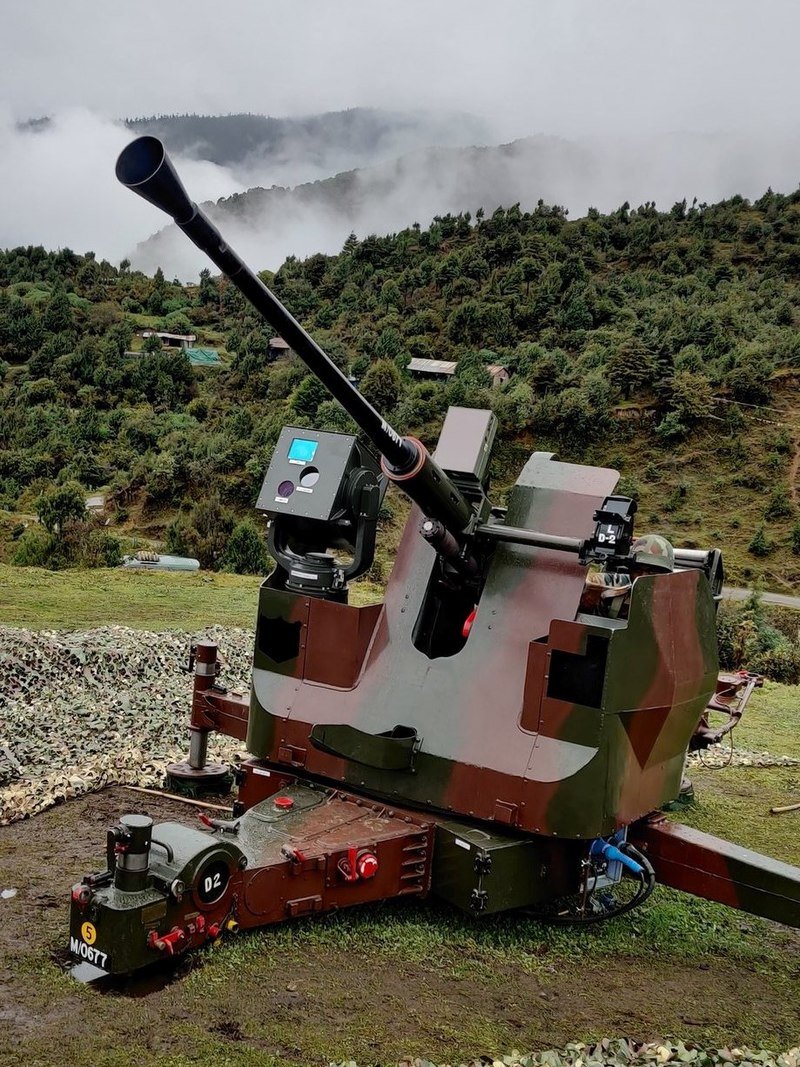
 2/n | The L70 gun works in tandem with the Flycatcher FCU to provide radar-guided, short-ranged air defence for the Indian Army (IA)’s armored, mechanized and infantry brigades and divisions. They are tasked with engaging low-flying fixed-wing aircraft, rotary aviation and PGMs.
2/n | The L70 gun works in tandem with the Flycatcher FCU to provide radar-guided, short-ranged air defence for the Indian Army (IA)’s armored, mechanized and infantry brigades and divisions. They are tasked with engaging low-flying fixed-wing aircraft, rotary aviation and PGMs. 